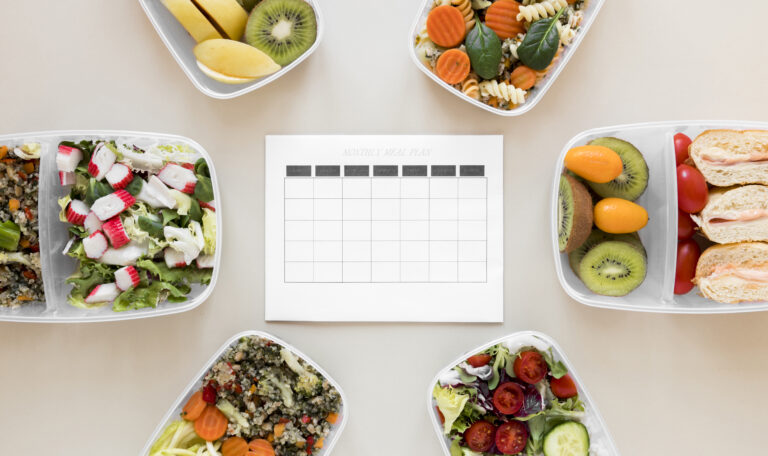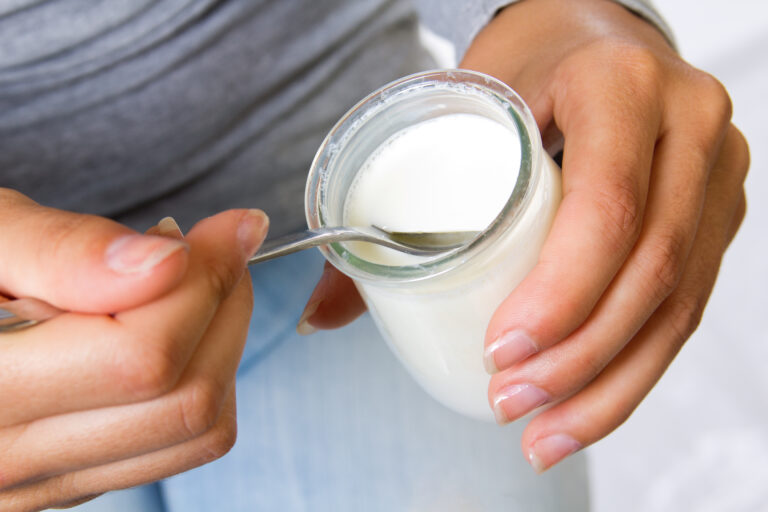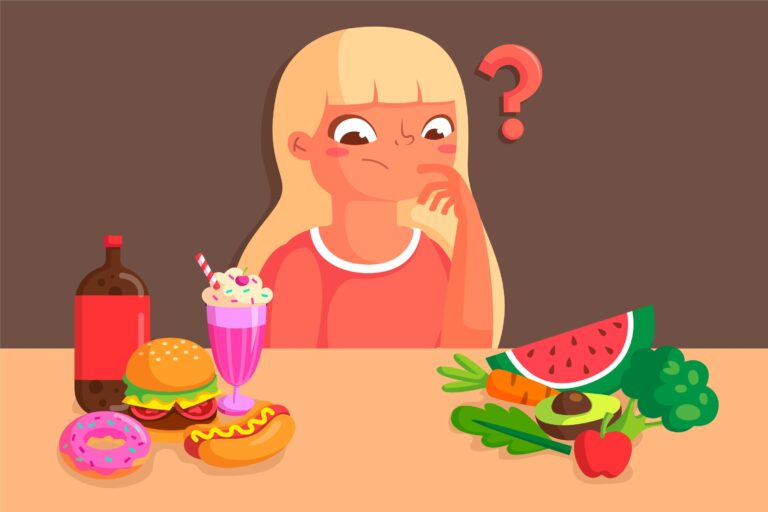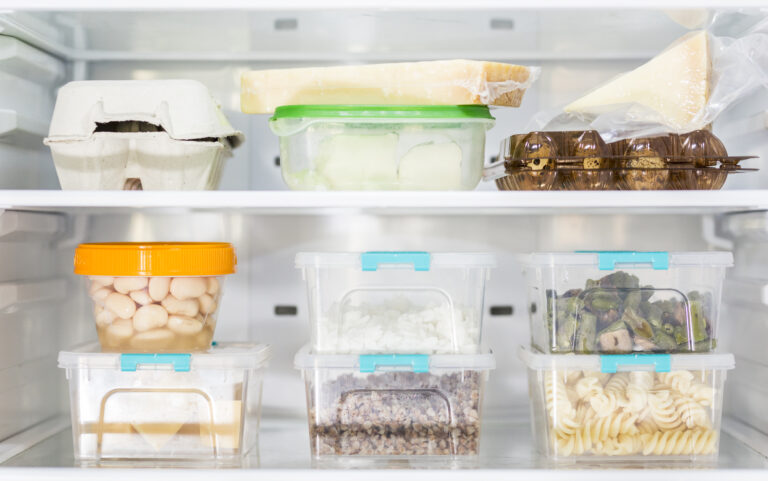Whether you’re just starting or have been logging for a while, you might be wondering about the best way of estimating portion sizes. The key to effective tracking is accurately knowing how much food and drink you’ve had.
Not measuring your portions often leads to underestimating your intake, which can be frustrating, especially if you’re aiming to lose weight. While figuring out portions for items like bread or crackers with labeled serving sizes is straightforward, it gets a bit more complex with pasta, meat, peanut butter, and oils.
1. For accurate portion measurements, simply weigh your food!
The most precise method for measuring portion size is by using a kitchen scale. You can find one at big box stores or online. We recommend opting for a digital scale over an old-fashioned spring-loaded one. Digital scales are user-friendly and offer better accuracy. With a digital scale, you can effortlessly reset the container weight to zero and choose different units of measure (like grams or ounces). If you’re committed to your weight loss journey, explore MyNetDiary and kickstart your food weighing routine!
2. Measure Volumes With Ease Using Measuring Cups And Spoons!
To measure your portion sizes, you have another option: use measuring cups, spoons, or a glass measuring cup to determine volume (e.g., cups, fl oz, ml, etc.). You can easily find these tools at big box stores or online.
When measuring liquids, it’s best to use a measuring cup designed specifically for liquids. It’s simpler, more accurate, and less messy. See the example below for this type of measuring cup.
For solids like flour or cereal, use standard measuring cups if you can’t measure by weight. Achieve precision by leveling off the contents with the flat side of a knife. Whether you prefer metal or plastic measuring cups, both work fine. Standard measuring cups look like the ones in the photo below.
To measure tiny quantities of liquids or solids, opt for measuring spoons. For solids, level them off with the flat side of a knife. Choose between metal or plastic measuring spoons based on your preference—they resemble the ones in the photo below.
Consider purchasing multiple sets of measuring cups and spoons. This ensures you always have a clean set ready for measuring.
3. Measure comfort and snack foods consistently.
Let’s be real. If you munch on foods straight from the original packaging, it’s tough to keep track unless you finish the whole thing. Take a moment to portion what you want, log it, and savor the goodness. This simple rule can save you heaps of calories.
Check out this lineup of foods that often lead to overeating unless you portion them out in advance:
- Ice cream, gelato, or frozen yogurt
- Cookies
- Crackers
- Chips
- Cheese
- Peanut butter
- Nuts
- Guacamole
Create your own checklist and stick it somewhere near your snacks. It’s a handy reminder to measure out these items before digging in!








